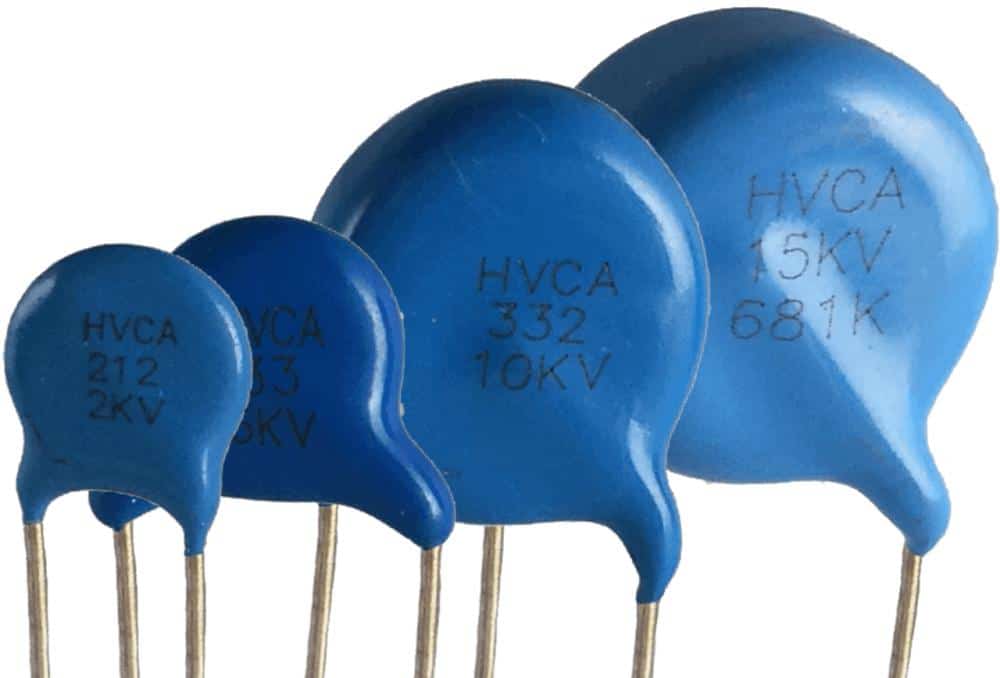Capacitors are essential components in various electronic devices, storing and releasing electrical energy. One crucial aspect of their functionality is their voltage capacity, which determines the maximum voltage they can withstand without failure. In this article, we will delve into the intricate world of capacitors, exploring their voltage limits, factors influencing them, and practical implications.
- Understanding Voltage Capacity:
The voltage capacity of a capacitor refers to the maximum voltage it can handle before experiencing breakdown or irreversible damage. It is a critical parameter that engineers consider during the design and selection of capacitors for specific applications. Capacitors are typically rated with a maximum voltage value, denoted as Vmax, which ensures safe and reliable operation. - Factors Influencing Voltage Capacity:
Several factors influence the voltage capacity of capacitors, including:
a. Dielectric Material: The dielectric material used in capacitors plays a vital role in determining their voltage capacity. Different dielectric materials have varying breakdown strengths, which define the maximum voltage the capacitor can handle.
b. Capacitor Design: The physical design and construction of capacitors impact their voltage capacity. Factors such as electrode spacing, dielectric thickness, and electrode material all contribute to the overall voltage rating.
c. Temperature: Temperature variations can significantly affect the voltage capacity of capacitors. High temperatures can cause the dielectric material to degrade, reducing the capacitor's ability to withstand voltage stress. - Types of Capacitors and Voltage Ratings:
Different types of capacitors have varying voltage ratings, catering to diverse applications. Here are a few common capacitor types and their typical voltage capacities:
a. Ceramic Capacitors: These capacitors have voltage ratings ranging from a few volts to several kilovolts, making them suitable for low to medium voltage applications.
b. Electrolytic Capacitors: With higher capacitance values, electrolytic capacitors offer voltage ratings from a few volts to hundreds of volts, making them ideal for power supply applications.
c. Film Capacitors: Film capacitors exhibit a wide range of voltage ratings, from a few volts to several kilovolts, depending on the dielectric material used. - Practical Considerations:
When selecting capacitors for specific applications, it is crucial to consider the voltage requirements carefully. Engineers must choose capacitors with voltage ratings higher than the expected operating voltage to ensure reliability and prevent premature failure. Additionally, factors such as temperature, voltage transients, and voltage derating should be considered to ensure optimal performance and longevity.
Conclusion:
Understanding the voltage capacity of capacitors is essential for engineers and electronics enthusiasts alike. By considering factors such as dielectric material, capacitor design, and temperature, one can make informed decisions when selecting capacitors for various applications. Remember, choosing the right capacitor with an appropriate voltage rating is crucial for ensuring the reliability and longevity of electronic devices.



